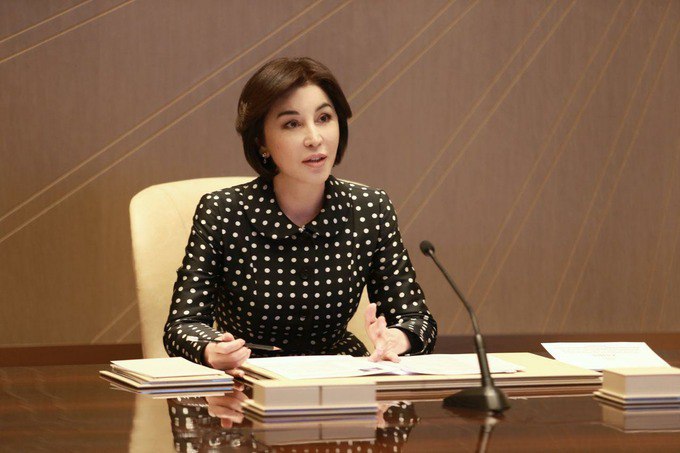Kazakh Archaeologists Contribute to Landmark Discovery on the Origins of Dog Domestication
A groundbreaking study co-authored by Kazakh archaeologists has challenged long-held assumptions about the history of dog domestication. The research, titled “Wide Diversity of Dogs Thousands of Years Before Modern Breeding Methods,” was published in Science, the oldest scientific journal in the U.S. The study was led by researchers from the University of Exeter (UK) and France’s National Center for Scientific Research and included contributions from 40 institutions worldwide. Kazakh scientists V.K. Merz and I.V. Merz of Toraygyrov University, along with E.R. Usmanova and V.V. Varfolomeev of the E.A. Buketov Karaganda National Research University, were among the co-authors. The international team conducted a comprehensive comparative analysis of 643 dog and wolf skulls spanning the last 50,000 years from the Pleistocene to the present day. Using high-resolution 3D scanning, they analyzed over 600 specimens, revealing that dogs already displayed significant morphological diversity during the early Holocene epoch. This diversity, previously believed to be the result of 19th-century selective breeding, was shown to have originated far earlier. The analysis traced the emergence of distinct dog types, including variations in size and skull structure, as early as 11,000 years ago. By the Mesolithic and Neolithic periods, dogs had already begun to differ in form, likely reflecting specialized roles such as hunting, guarding, and herding within human societies. The researchers concluded that functional differentiation was a key driver in the development of what would eventually become distinct breeds. Their findings refute the common belief that modern breed variation is a relatively recent phenomenon. In fact, many differences in skull shape and size long predate the advent of formal breeding practices. Kazakhstan’s archaeological collections and local expertise played a significant role in the project, underscoring the country’s growing contributions to global archaeozoological research. Kazakhstan’s Broader Scientific Advances In addition to this landmark discovery, Kazakh scientists continue to make technological strides across disciplines. Researchers at the Institute of Combustion Problems have developed a device capable of converting hydrocarbon gases into 98.9% pure hydrogen and technical carbon in a single stage. Operating at plasma temperatures of up to 2,700°C, the unit requires no catalysts and consumes less energy than traditional methods. It also produces giant nanotubes with diameters reaching 100 nanometres. Meanwhile, scientists at Al-Farabi Kazakh National University have introduced a mobile preservation unit capable of drying and storing a wide range of food products from fruit to fish for up to 10 to 50 years using specialized packaging. These developments signal Kazakhstan’s expanding role in cutting-edge research and innovation across multiple scientific domains.






